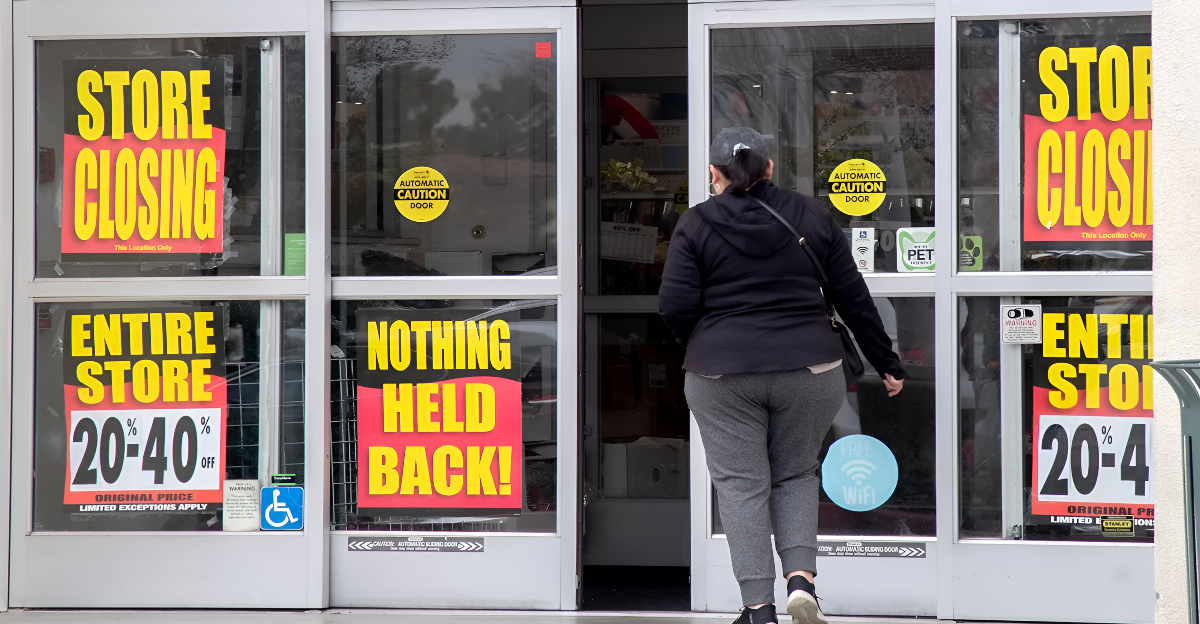
The department store landscape is in an unprecedented decline, with traditional stores vanishing from U.S. malls. Market tracker Coresight Research counted 7,325 store closures in 2024—“the highest number since the pandemic” and a 69 percent jump over 2023 totals, the firm told Retail TouchPoints.
California saw the biggest single-state share, making the Golden State ground zero for the retail contraction.
Costs Rising

Many stores are facing inflation, e-commerce migration, and interest-rate pressure.
“Retailers … were significantly impacted, and we continue to see a trend of consumers opting for the path of least resistance,” said Coresight CEO Deborah Weinswig, projecting up to 15,000 U.S. closures in 2025. Chapter 11 filings doubled last year as chains scrambled to survive.
California Problem
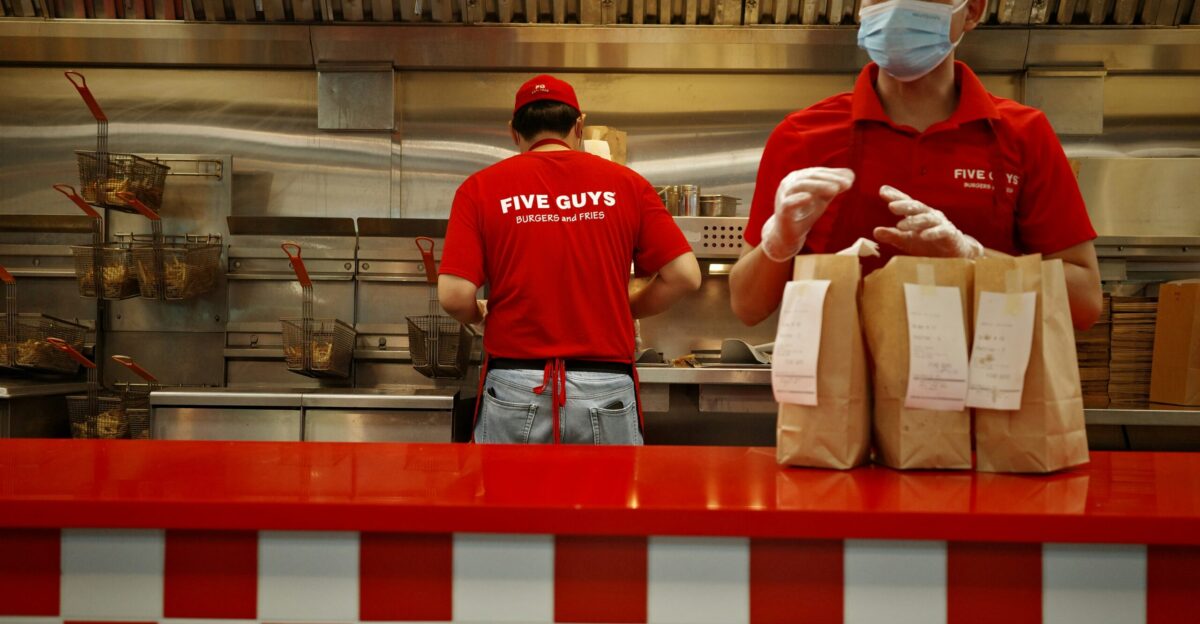
Running stores in California is more difficult than ever before, with record labor bills. “Fast-food workers in California at chains with more than 60 national locations now earn $20 an hour,” CNBC reported when the statewide wage floor took effect on April 1, 2024.
Combine that with the nation’s priciest commercial leases and strict environmental rules, and many retailers decide it’s cheaper to leave.
Perfect Storm

Retailers are under a lot of pressure from soaring theft losses, lingering supply-chain snags, and debt piled on during the pandemic.
CNN summarized it as follows: “Rising theft, supply-chain disruptions, and changing consumer preferences toward online shopping delivered final blows” to legacy chains already bleeding cash.
Giant Falls
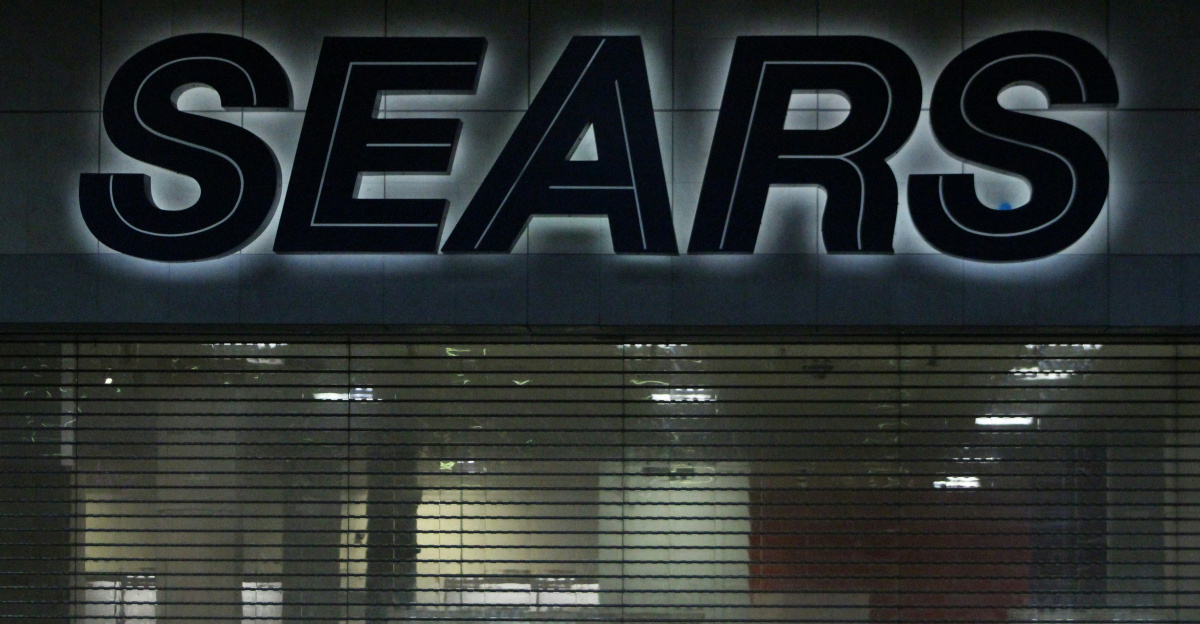
Sears has faced trouble in the past, filing for Chapter 11 on October 15, 2018, planning to shut 700 stores. “We have made progress, [but] the plan has yet to deliver the desired results,” then-CEO Eddie Lampert told reporters the day of the filing.
The onetime 3,500-store titan has spent the past seven years liquidating locations coast-to-coast.
California Impact

California keeps losing the last remaining outlets as Sears stores become a distant memory to many consumers.
ABC7 News confirmed that the Burbank Town Center Sears will close by late August 2025, and SFGATE noted the Whittier shutdown the same month, leaving only the Concord Sunvalley Mall store in operation statewide.
Workers Devastated
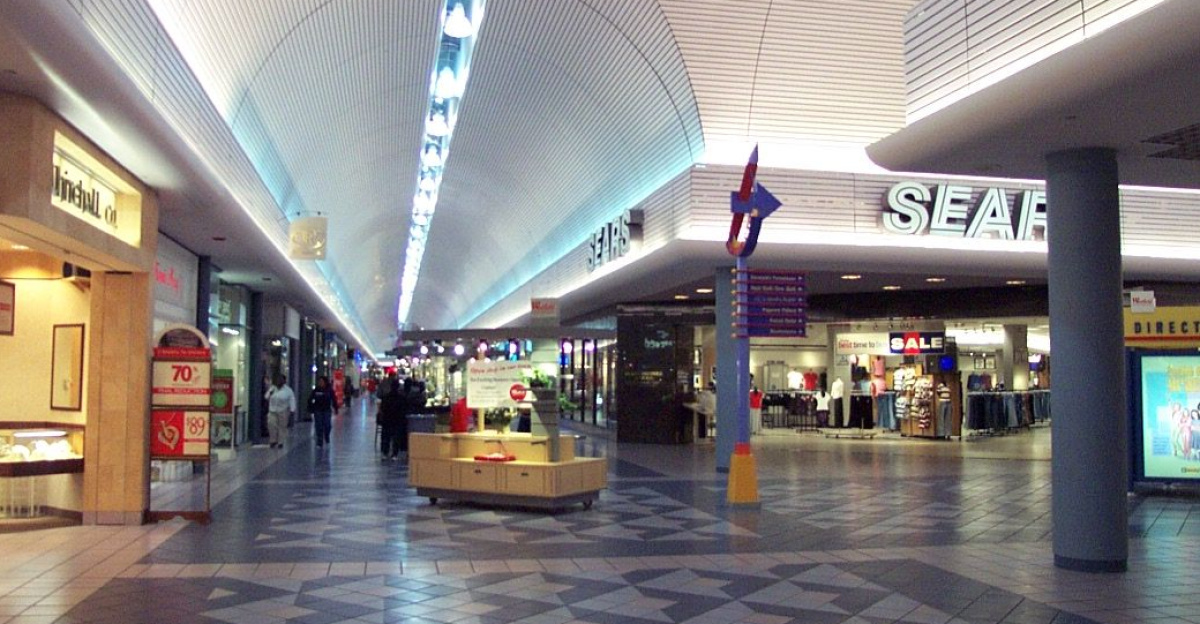
Corporate layoffs were abrupt and impersonal. “It was a group layoff,” one San Francisco employee recalled.
“There was a heartfelt apology, but that was it … very abrupt, quick.” Business Insider confirmed similar scenes at Sears’ Hoffman Estates headquarters as hundreds were dismissed in a single day.
Real-Estate Scramble
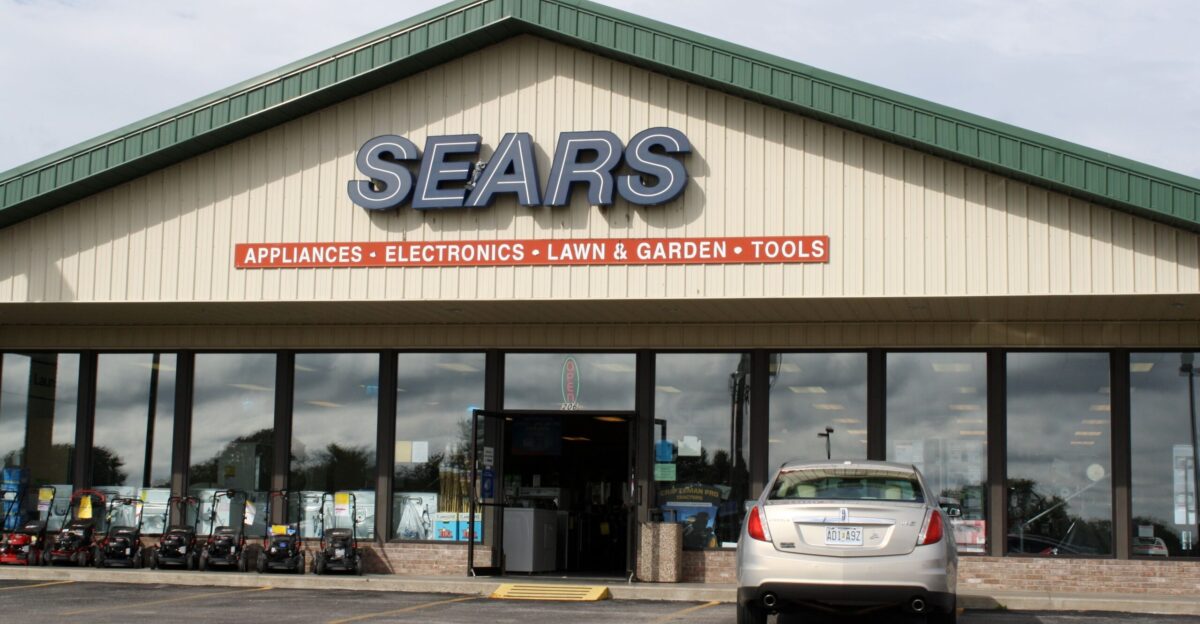
After Sears locations closed, their vacancies became prized real estate for new anchor stores.
CoStar News reported that big-box rivals and developers snapped up the cavernous buildings, while many malls struggled to re-tenant the uniquely large spaces.
Industry Shrinking
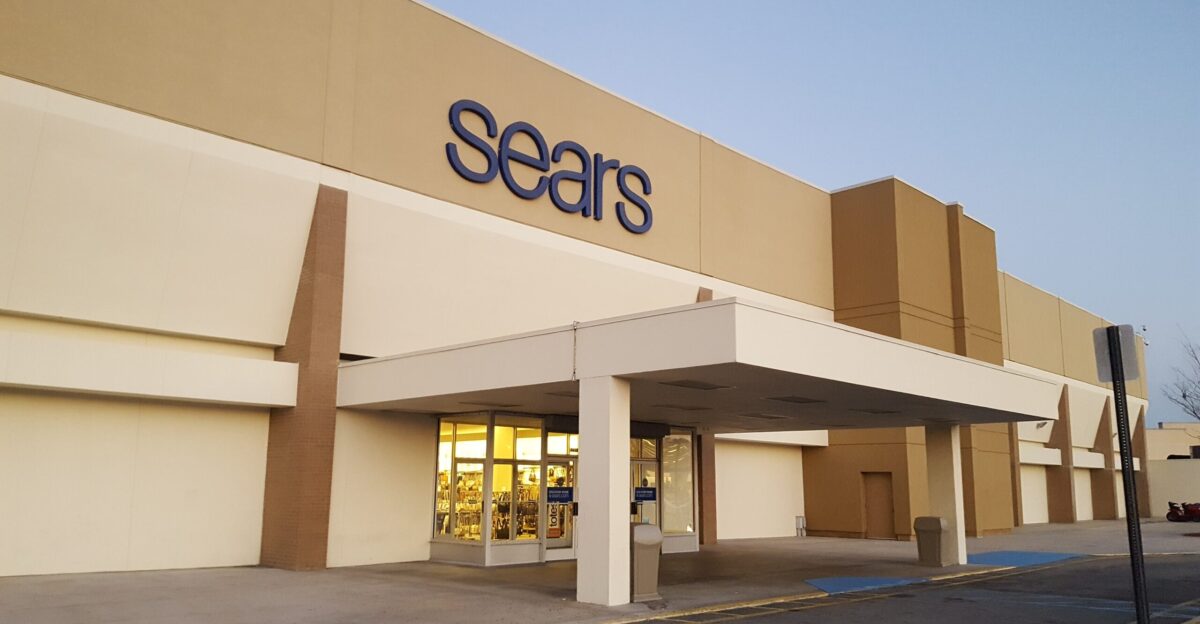
“We saw the highest number of closures since the pandemic,” Weinswig reiterated when unveiling Coresight’s 2025 outlook.
The firm expects 5,800 openings but roughly 15,000 shutdowns—implying another net loss of 9,000 stores this year.
Pattern Revealed
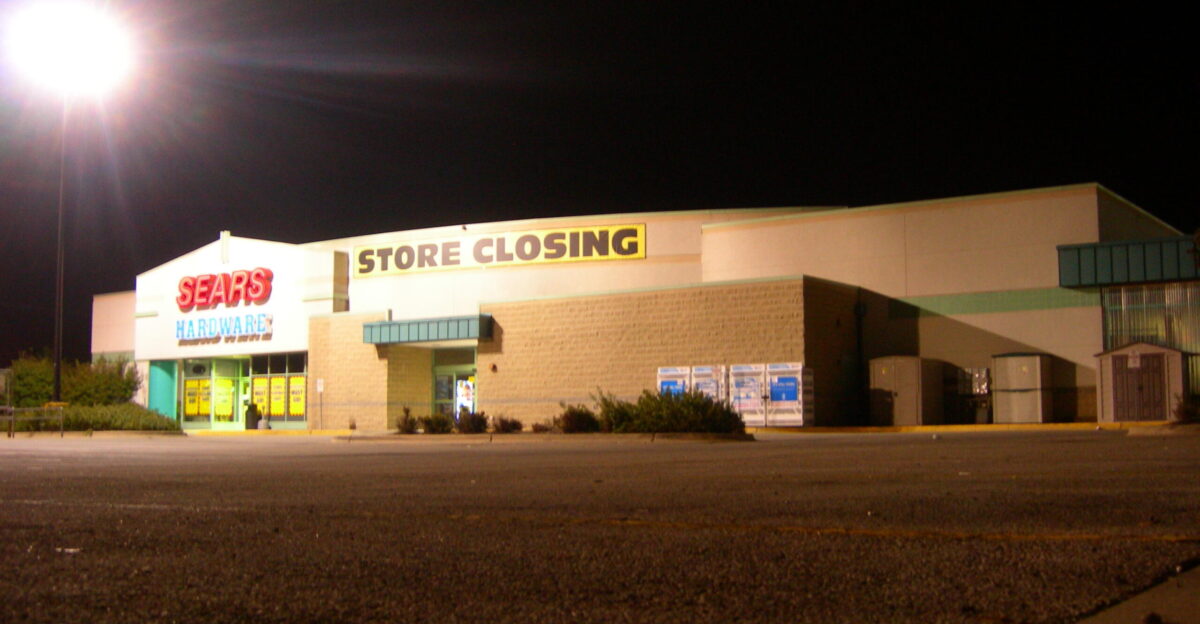
“There are 8 Sears stores left in the United States as of July 23, 2025,” retail-tracker Brostocks reported, noting three of those are already in wind-down mode.
Analysts told CoStar the chain “could soon be down to just five locations,” underscoring Sears’ state-by-state retreat from high-cost markets.
Employee Frustration

Inside sources described a morale collapse as the once-praised giant faces the harsh reality of retracting its reach in the country.
“Buyers said 80 percent of the workforce … had been laid off,” vendor testimony collected by Forbes revealed, leaving only a skeleton staff to run once-sprawling departments.
Leadership Transitions
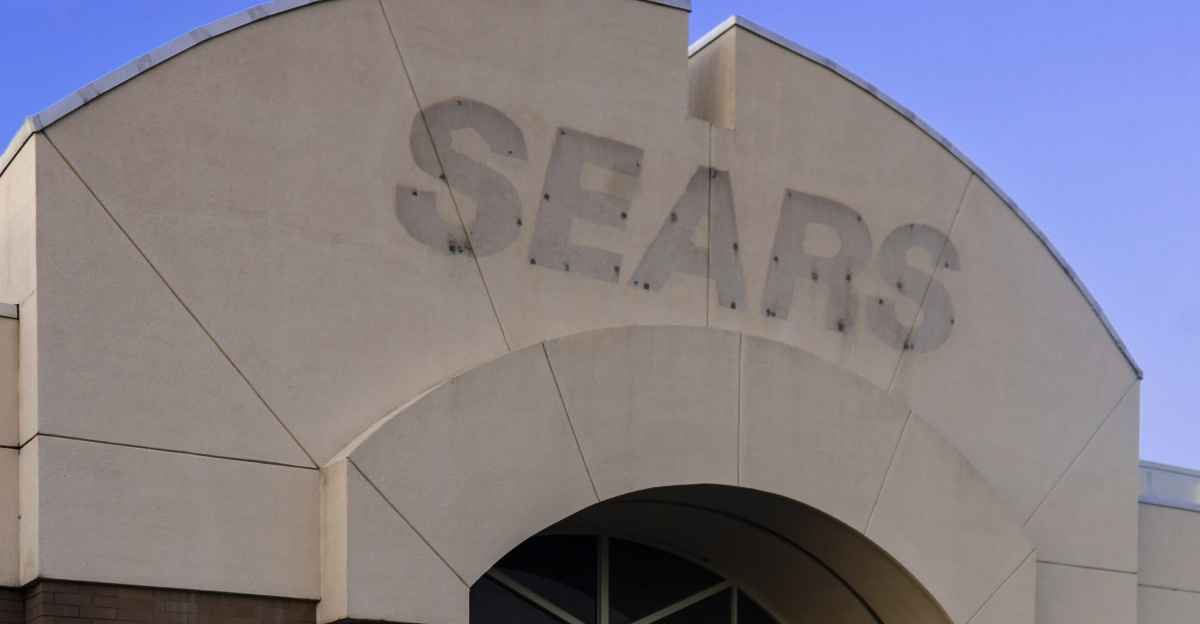
Lampert stepped aside as CEO during bankruptcy but, through hedge fund ESL Investments, bought the assets for $5.2 billion.
CNN noted the deal created Transform Holdco to operate the dwindling fleet—yet store closures kept accelerating.
Failed Rescues
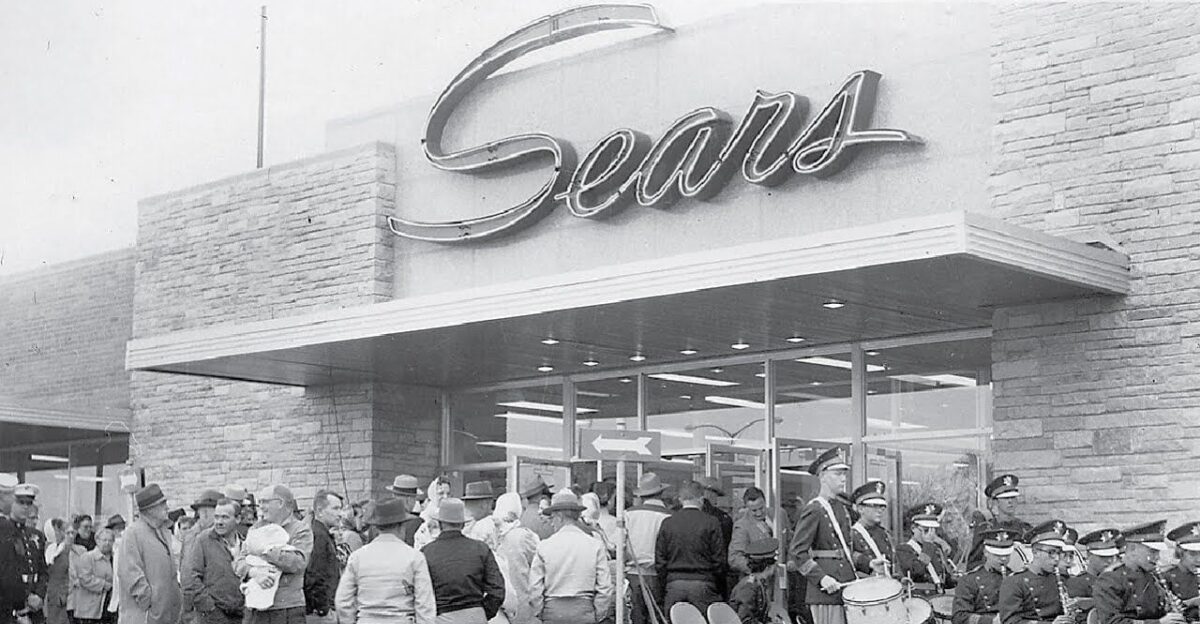
Sears sold cornerstone brands such as Craftsman and DieHard to gain enough capital to make a comeback.
However, Retail Dive reported the moves “failed to solve fundamental problems” as shoppers shifted decisively online.
Expert Pessimism
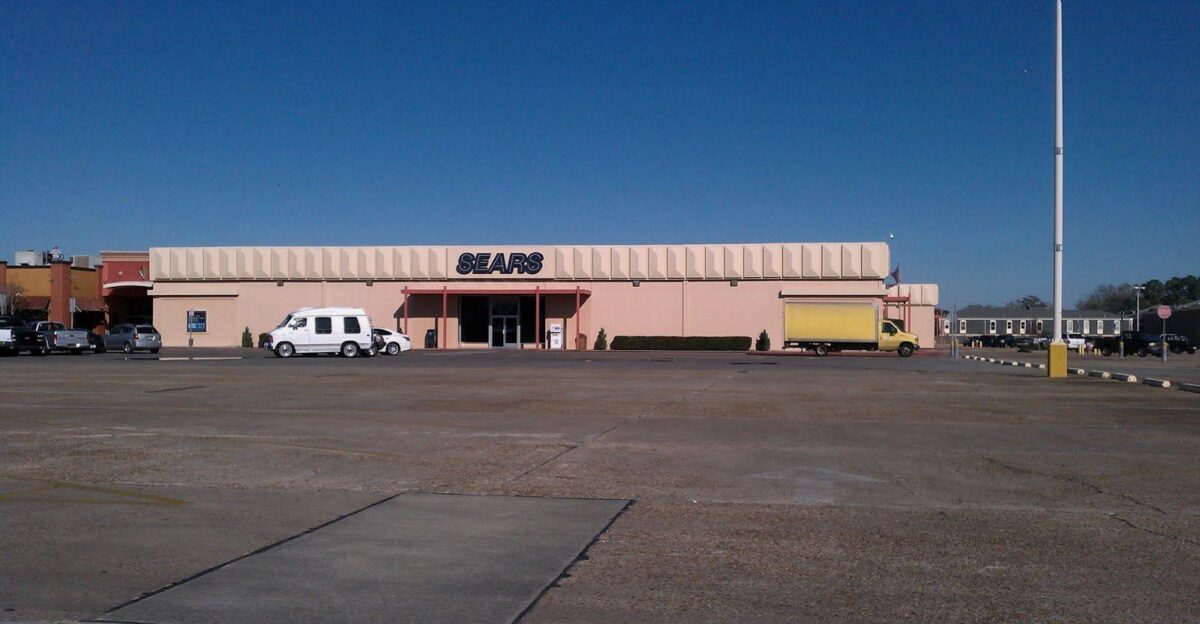
“Sears was the Amazon of its day,” Columbia University retail scholar Mark Cohen told the Seattle Times, but the company never adapted to a digital world.
“There is not enough growth in the retail market for every player to do well,” GlobalData’s Neil Saunders warned on CBS MoneyWatch.
Future Questions
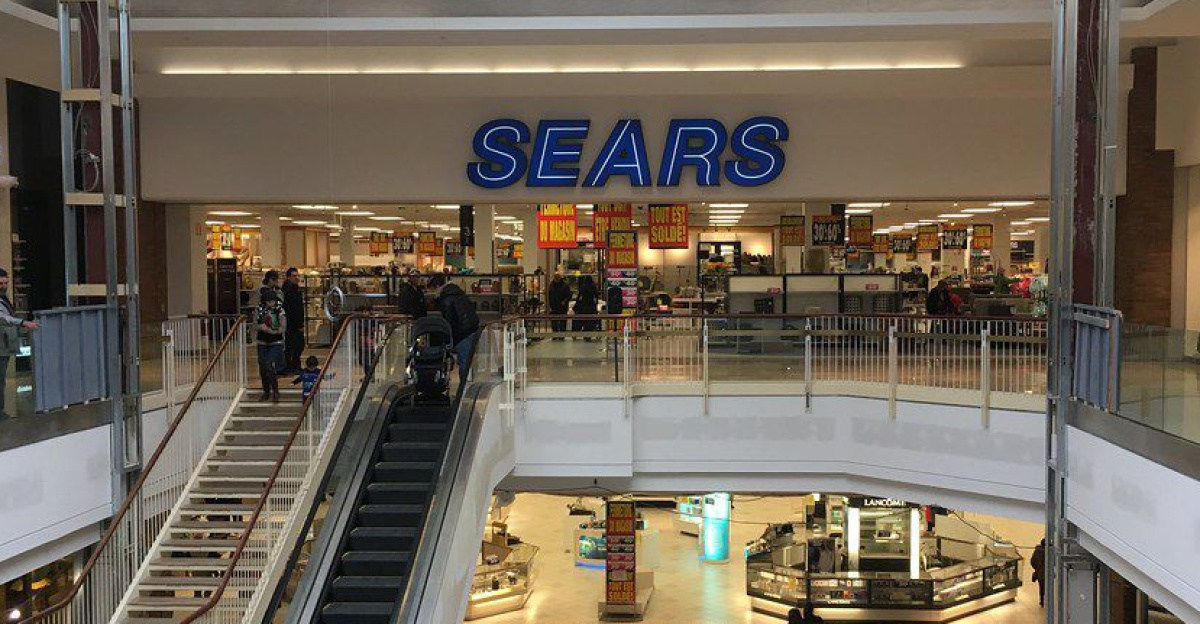
With only Concord, CA, left in the state and fewer than 10 full-line stores nationwide, Sears’ long decline nears its endgame.
Analysts ask whether other legacy retailers will follow the same sequential exit strategy— or reinvent themselves in time to avoid a similar fate.